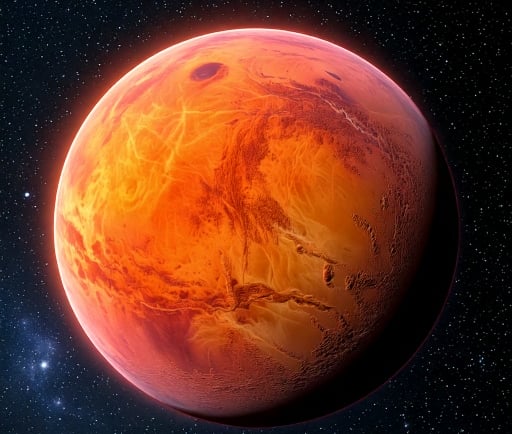Teegarden's Star B: The Super-Earth Mass Exoplanet


Introduction to Teegarden's Star B
The exploration of exoplanets has unveiled countless wonders beyond our solar system. Among these celestial bodies, Teegarden's Star B stands out as a remarkable super-Earth mass exoplanet orbiting the M-type star known as Teegarden's Star. With a mass approximately 1.05 times that of Earth, this exoplanet presents significant interest for the scientific community and those fascinated by the potential for life beyond our home planet.
Characteristics of Teegarden's Star B
Teegarden's Star B is located only about 12.5 light-years from Earth, making it one of the closest known exoplanets. Its proximity to our solar system has spurred various studies aimed at understanding its composition, atmosphere, and potential habitability. With a mass exceeding that of Earth slightly, this super-Earth may have conditions suitable for liquid water, a crucial ingredient for life as we know it. Scientists are eager to study its atmosphere further, as any significant presence of gases like oxygen or methane may indicate biological processes akin to those on Earth.
The Significance of M-Type Stars
Teegarden's Star itself is an M-type star, which is the most common type of star in our galaxy. These stars are characterized by their smaller size and lower brightness compared to other star types like G-type stars, such as our Sun. The habitable zone around M-type stars can often be closer than that of larger stars, making planets within this zone prime candidates for harboring life. The discovery of Teegarden's Star B illustrates the pivotal role that M-type stars play in the search for Earth-like planets. As research continues, astronomers are focused on unraveling the mysteries of these stars and their orbiting exoplanets.
Conclusion
In summary, Teegarden's Star B is a captivating super-Earth mass exoplanet with promising characteristics that encourage further exploration and study. Its orbit around the M-type star Teegarden's Star places it within the realm of potentially habitable worlds, igniting curiosity and ambitions within the scientific community. As telescopes and technology advance, we look forward to the discoveries that will shed light on this intriguing exoplanet and its capacity to support life.
